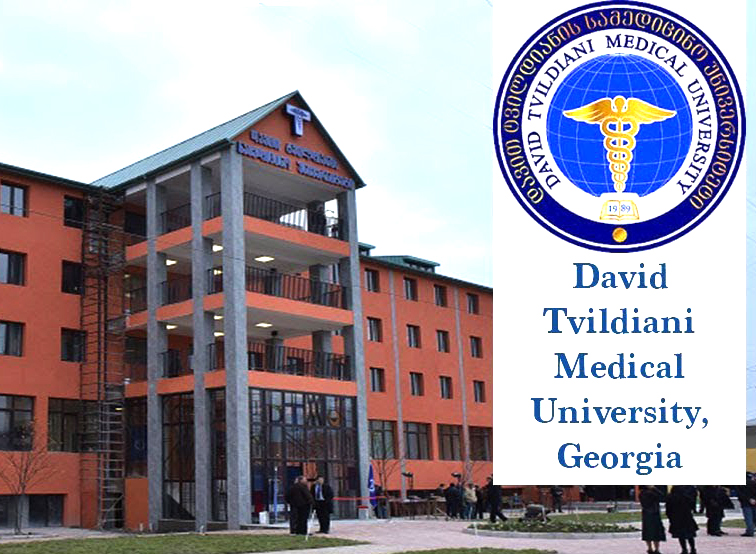Leishmaniasis is an infection caused by a parasite that is spread to people through the bite of the female phlebotomine sand fly. The parasite exists in many tropical and temperate countries. Cases in the United States are almost always imported from other countries by travelers or immigrants. It has been estimated that there are 2 million new cases of leishmaniasis every year in the world, of which 1.5 million are categorized as cutaneous leishmaniasis and 0.5 million are visceral leishmaniasis. Epidemics occur when people are displaced into affected regions through war or migration or when people in affected regions experience high rates of disease or malnutrition.
Leishmaniasis Transmission
The main route is through the bite of infected female phlebotomine sand flies. Sand flies become infected by sucking blood from an infected animal or person. People might not realize that sand flies are present because:
They do not make noise when they fly;
They are small: they are only about one-third the size of typical mosquitoes or even smaller;
Their bites might not be noticed (the bites may be painless or painful).
Sand flies usually are most active in twilight, evening, and night-time hours (from dusk to dawn). Although sand flies are less active during the hottest time of the day, they may bite if they are disturbed (for example, if a person brushes up against the trunk of a tree or other site where sand flies are resting).
Some types (species) of Leishmania parasites may also be spread by blood transfusions or contaminated needles (needle sharing). Congenital transmission (spread from a pregnant woman to her baby) has been reported.
Signs and symptoms
The symptoms of leishmaniasis are skin sores which erupt weeks to months after the person affected is bitten by sand flies. Other consequences, which can manifest anywhere from a few months to years after infection, include fever, damage to the spleen and liver, and anemia.
In clinical medicine, leishmaniasis is considered one of the classic causes of a markedly enlarged (and therefore palpable) spleen; the organ, which is not normally felt during examination of the abdomen, may become larger even than the liver in severe cases.
Leishmaniasis may be divided into the following types:
Visceral leishmaniasis is the most serious form, and is potentially fatal if untreated.
Cutaneous leishmaniasis is the most common form, which causes a sore at the bite site, which heals in a few months to a year, leaving an unpleasant-looking scar. This form can progress to any of the other three forms.
Diffuse cutaneous leishmaniasis produces widespread skin lesions which resemble leprosy, and is particularly difficult to treat.
Mucocutaneous leishmaniasis commences with skin ulcers which spread, causing tissue damage, to, particularly, the nose and mouth.
Prevention
Currently, no vaccines are in routine use. However, the genomic sequence of Leishmania has provided a rich source of vaccine candidates. Genome-based approaches have been used to screen for novel vaccine candidates. One study screened 100 randomly selected genes as DNA vaccines against L. major infection in mice. Fourteen reproducibly protective, novel vaccine candidates were identified. A separate study used a two-step procedure to identify T cell antigens. Six unique clones were identified: glutamine synthetase, a transitional endoplasmic reticulum ATPase, elongation factor 1gamma, kinesin K-39, repetitive protein A2, and a hypothetical conserved protein. The 20 antigens identified in these two studies are being further evaluated for vaccine development.
Treatment
Visceral leishmaniasis is treated with an intravenous medication called liposomal amphotericin B, which is the only drug approved in the U.S. for this purpose. Amphotericin is generally safe but may have side effects, including renal insufficiency. In developing countries where the drug is not available, an older agent called pentavalent antimony (SbV) may be used intravenously or intramuscularly. More recently, paromomycin (Humatin) and miltefosine (Miltex) have been used, but neither is available in the United States.
Cutaneous leishmaniasis is not always treated. Cases with few lesions that are small and appear to be healing are sometimes simply monitored. More significant disease is treated with medications, but treatment recommendations vary with where the disease was acquired and the species of Leishmania (if known). Possible treatments for cases arriving in the U.S. include oral ketoconazole (Nizoral, Extina, Xolegel, Kuric), intravenous pentamidine, or liposomal amphotericin B. An antimonite called stibogluconate (pentostam) is available under an investigational new drug protocol through the CDC. Because treatment must be individualized according to the country of acquisition and the species, consultation with public-health officials, infectious-disease consultants, and the CDC is strongly recommended. Mucocutaneous leishmaniasis is less common, and there is no clear consensus on treatment; as such, consultation with the CDC and an infectious-diseases consultant is again recommended.






